Deck & Commander Strategies
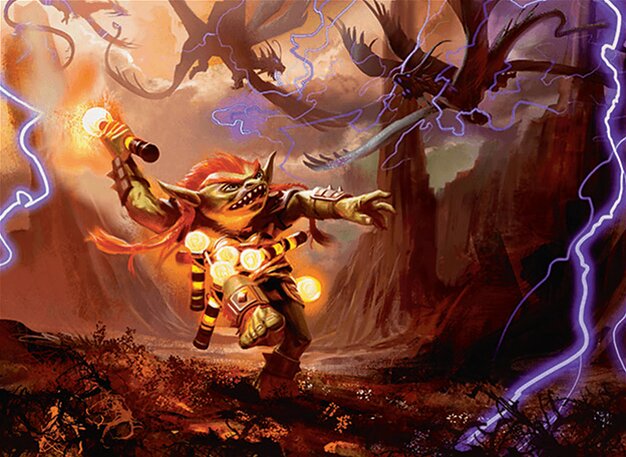
Vial Smasher the Fierce
Leverages random damage whenever a spell is cast, creating pressure through unpredictability and chaos, supported by spells that encourage interaction and damage output.
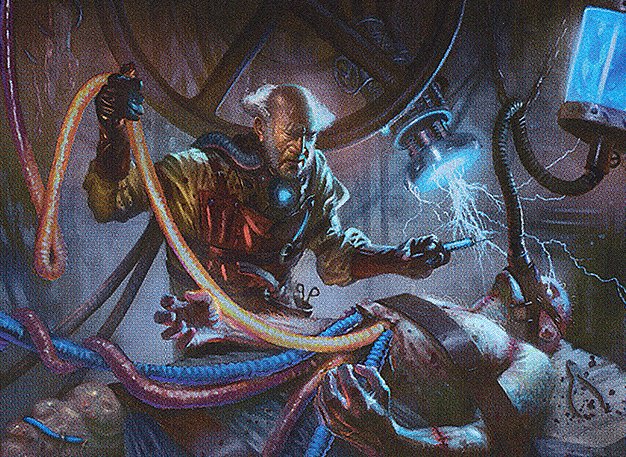
Ludevic, Necro-Alchemist
Focuses on spell casting and graveyard recursion to create value, often combining sacrifice outlets and card draw to fuel combos and maintain board presence.
Gameplay Insights
- 1
Casting Soul Ring early was a pivotal ramp decision that risked drawing attention but provided necessary mana acceleration.
- 2
Using Wishclaw Talisman to tutor and then hand off cards created interesting political interactions and resource sharing among players.
- 3
Ruinous Powers enabled casting opponent's cards temporarily, introducing a disruptive and potentially devastating element to the game.
- 4
Vial Smasher’s triggered damage dealt randomly helped keep players on edge and forced careful consideration of spell sequencing.
- 5
The Knowledge Pool forced players to adapt to casting spells from a shared pool, increasing the game’s chaotic and unpredictable nature.
- 6
The chaotic coin-flip mechanics of cards like Squeeze Revenge added risk-reward elements that could either generate card advantage or result in wasted mana.
Notable Cards
-

Vial Smasher the Fierce
-
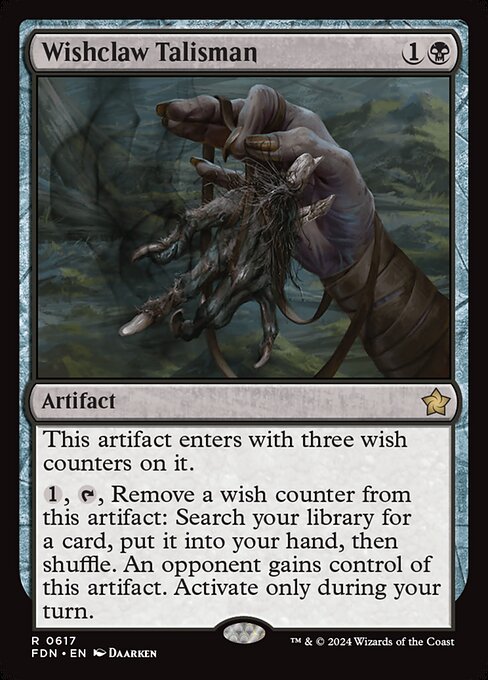
Wishclaw Talisman
-
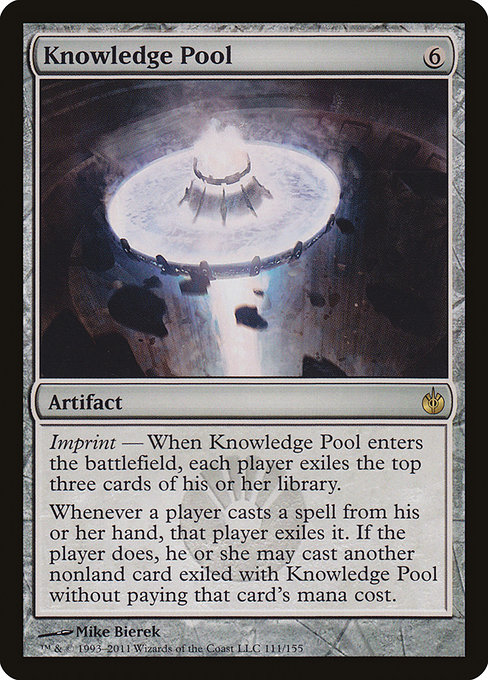
Knowledge Pool
-
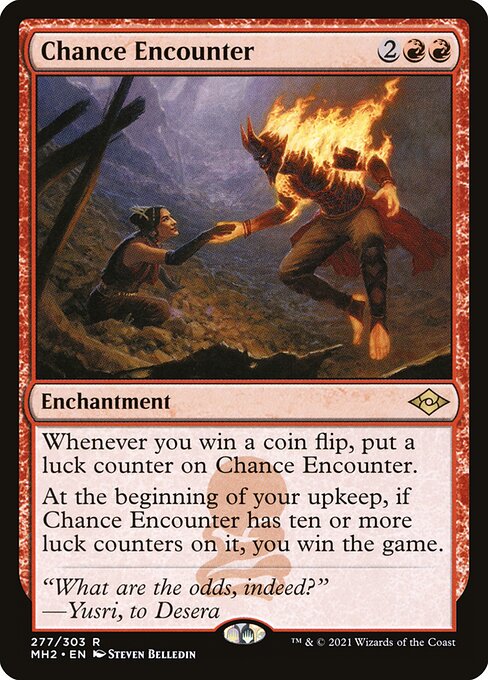
Chance Encounter
Gameplay Summary
The game began with players setting up their unique and chaotic decks, featuring a blend of randomness, graveyard recursion, and artifact ramp.
The early turns focused on establishing mana acceleration and casting key commanders like Vial Smasher the Fierce and Ludevic, Necro-Alchemist.
Vial Smasher’s ability to randomly deal damage when spells were cast introduced immediate pressure, while the chaotic coin-flip and card-stealing mechanics quickly escalated the game’s unpredictability.
Players also employed various tools to manipulate spell choices and targets, such as the Knowledge Pool and Wishclaw Talisman, which added layers of complexity and interaction.
















![Commander VS S6E5: Sidar Kondo/Thrasios vs Ravos/Vial Smasher vs Tymna/Tana vs Ludevic/Kraum [MTG] thumbnail](https://i.ytimg.com/vi/LynU4jB9XLA/sddefault.jpg)
![Commander VS: Happy Johnny Appleseed Day! [EDH] thumbnail](https://i.ytimg.com/vi/GFdVvmC5xpE/sddefault.jpg)






![Kari Zev RDW vs. Jeska & Ludevic [Duel Commander-EDH] - Magic: The Gathering thumbnail](https://i.ytimg.com/vi/MTk0BcdAGcw/sddefault.jpg)
![Esior & Ludevic vs. Yasharn Hatebears [Duel Commander-EDH] - Magic: The Gathering thumbnail](https://i.ytimg.com/vi/KLBeHYVot1w/sddefault.jpg)
![Venser Control vs. Ludevic & Tymna [Duel Commander-EDH] - Magic: The Gathering thumbnail](https://i.ytimg.com/vi/eJ9D9zqJhX4/sddefault.jpg)
![Najeela Warriors vs. Thrasios & Ludevic [Duel Commander-EDH] - Magic: The Gathering thumbnail](https://i.ytimg.com/vi/VpVQMHlCip8/sddefault.jpg)
![Urza Affinity vs. Ludevic & Thrasios [Duel Commander-EDH] - Magic: The Gathering thumbnail](https://i.ytimg.com/vi/ApwocXlEiiQ/sddefault.jpg)

